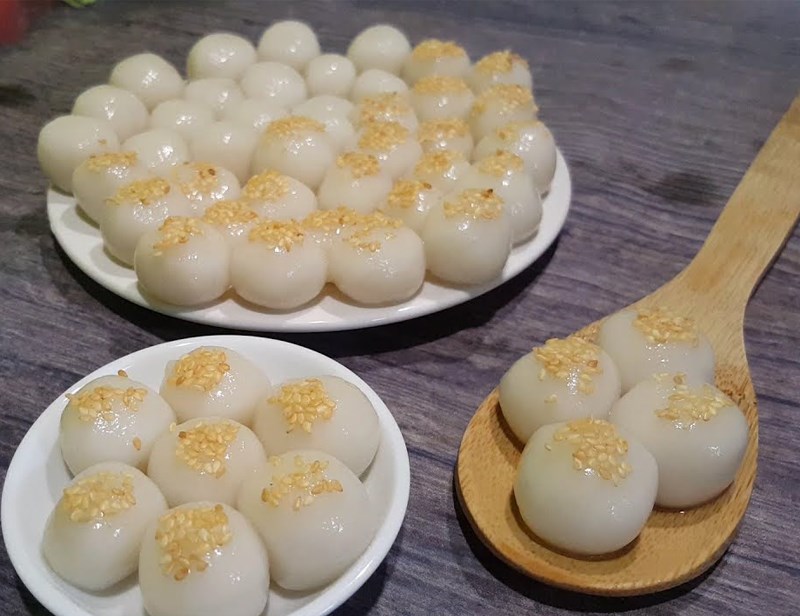No products in the cart.
Nguyên Liệu Nấu Oyaki (bánh Nhân Các Loại) Kiểu Nhật, Các Bước Nấu Oyaki, hay còn gọi là bánh bao Nhật Bản, là một món ăn truyền thống được yêu thích ở Nhật Bản. Món bánh này có vỏ ngoài mềm mại, nhân bên trong phong phú, tạo nên sự kết hợp hoàn hảo giữa […]

